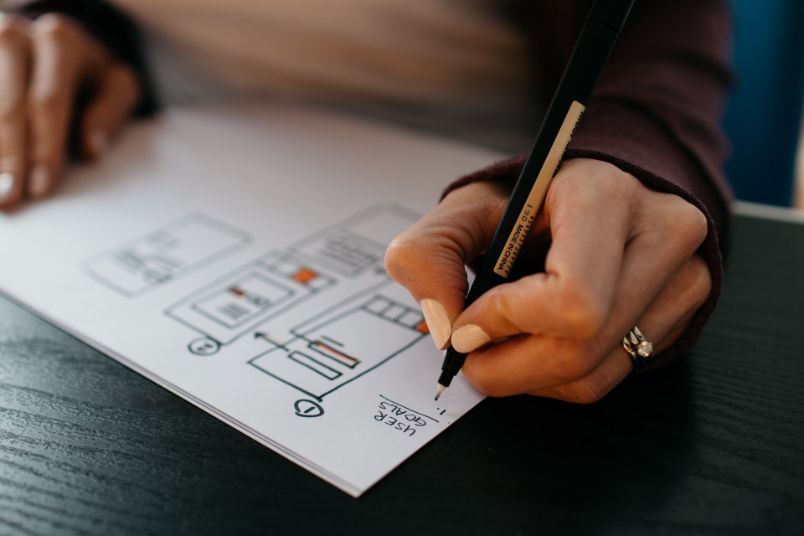Since the dawn of the world wide web, it has become more and more of a staple in everyday activities across the globe. For better or for worse, the internet plays a huge role in most of our daily lives now. For one billion folks worldwide, having a disability is also a huge part of daily life.
Because the internet and disabilities are so widespread, it’s more important than ever to design websites with accessibility in mind.
What makes a website “accessibility-conscious?”
While there are different ways to define “accessiblity-consciousness,” it all boils down to one word: Inclusivity. When your design is inclusive of folks with disabilities, it means that it includes every group’s needs in the design process.
Simply put, accessibility means that your website is accessible to users with and without disabilities. Accessibility is essentially the means through which we achieve inclusivity.
How can we make a website accessibility-conscious?
While accessibility-consciousness might seem like a daunting goal for a website designer or business owner, there are several simple, effective ways that you can make your website more accessibility-conscious. These can include modifying visuals to enlarge for folks with visual impairments, incorporating different types of audio and visual content for folks with sensory or learning disabilities, and supporting keyboard navigation on your website.
You don’t need to “reinvent the wheel” or overhaul a website to make it more inclusive. You can try accessibility overlays to simplify the process. An accessibility overlay allows website owners to build accessibility into an existing website design. They achieve this through user-side customization, detecting events related to meeting WCAG criteria, repairing issues, and promoting awareness.
Let’s dive deeper into methods for making a website more accessibility-conscious!
Include useful alt text in all images
A great place to start with making your website more accessible is adding helpful alt text to images. Alt text lets users who are visually impaired or blind understand what images are included on a web page. Alt text (a.k.a. “Descriptive alternative text”) lets users with screen readers enjoy and understand content as well as those without this assistive tool.
Structure content for easier reading and understanding
If you’ve been surfing the web for a while, you may notice that many websites break up their content into small paragraphs and add lots of headers. Although part of the reason behind this style choice is that it looks better on mobile devices, there’s an accessibility-conscious piece to this, too.
When you break your content up into easily digestible, skimmable chunks, it makes it easier for those with learning disabilities, visual impairments, and more to read. Having a lot of headers also makes it easier for those with certain disabilities to figure out what the article is about, even if they can’t see or comprehend the paragraphs in between them.
Employ proper content markup in HTML
While HTML coding might seem unimportant outside of functionality, it plays a key role in accessibility-consciousness. When your website has the proper markup in coding, it reads correctly in screen readers for visually-impaired and blind users. Additionally, it helps your website rank properly on search engines, which is a double win!
Support keyboard navigation on your site
For folks with motor impairments or visual impairments, keyboard navigation may be their best or only option for navigating websites. While able-bodied folks can take mouse navigation for granted, we can all understand how frustrating it would be if we couldn’t click a button or fill out a form on a site.
This is why it’s important to make your website fully functional for keyboard users.
Stay away from flashing images and animations
While a flashing image might look cool to you, it can be a trigger for those with seizure disorders and related conditions.
In conclusion
“Accessibility-consciousness” is a term that describes a thoughtful design that accommodates all users, including those with disabilities.
Some ways that you can make your website accessibility-conscious include incorporating useful alt text in images, avoiding flashing images, supporting keyboard navigation, breaking content into smaller chunks, and more.
An accessibility overlay can make it easier to infuse accessibility into your website’s existing design.





